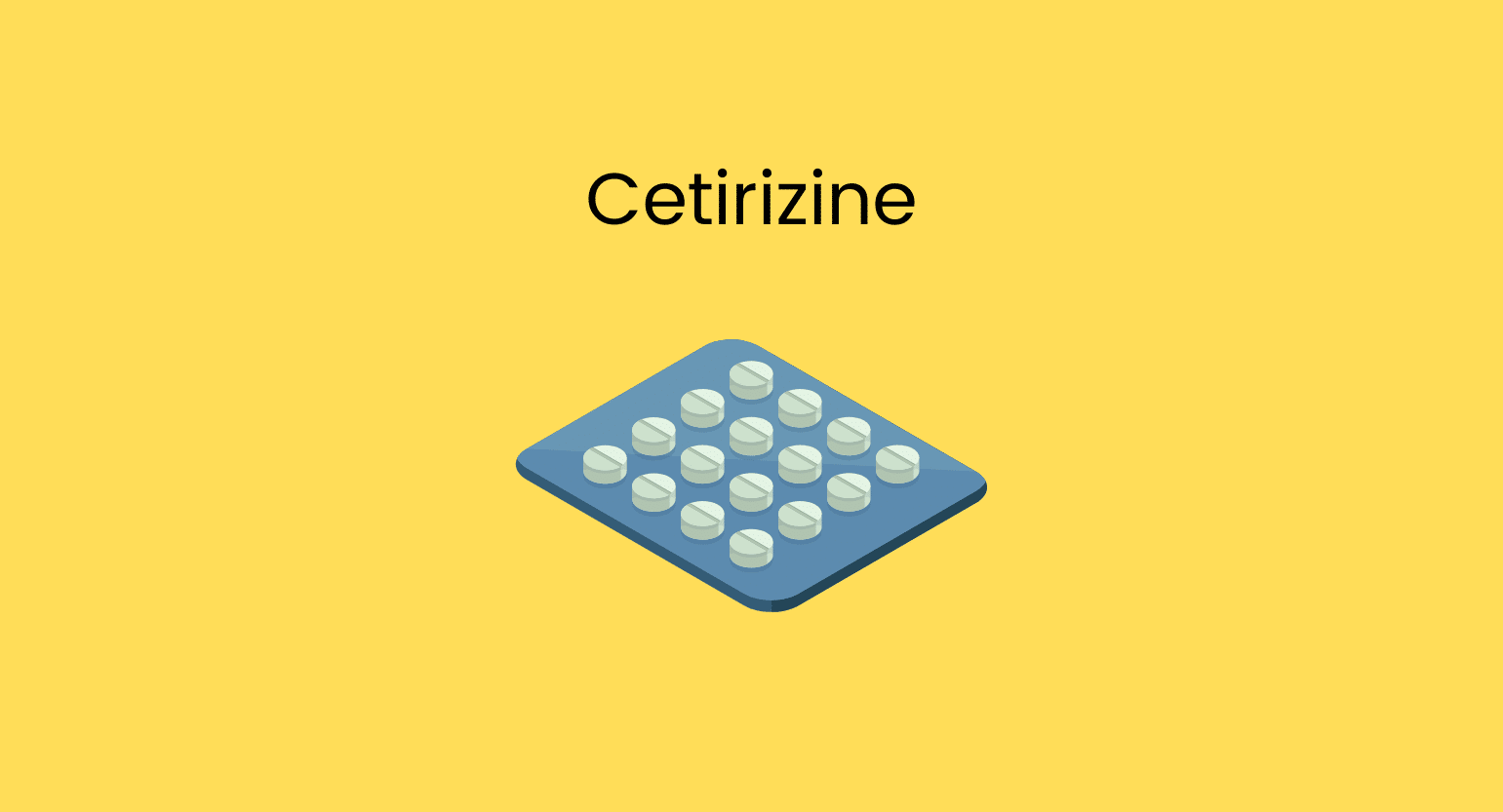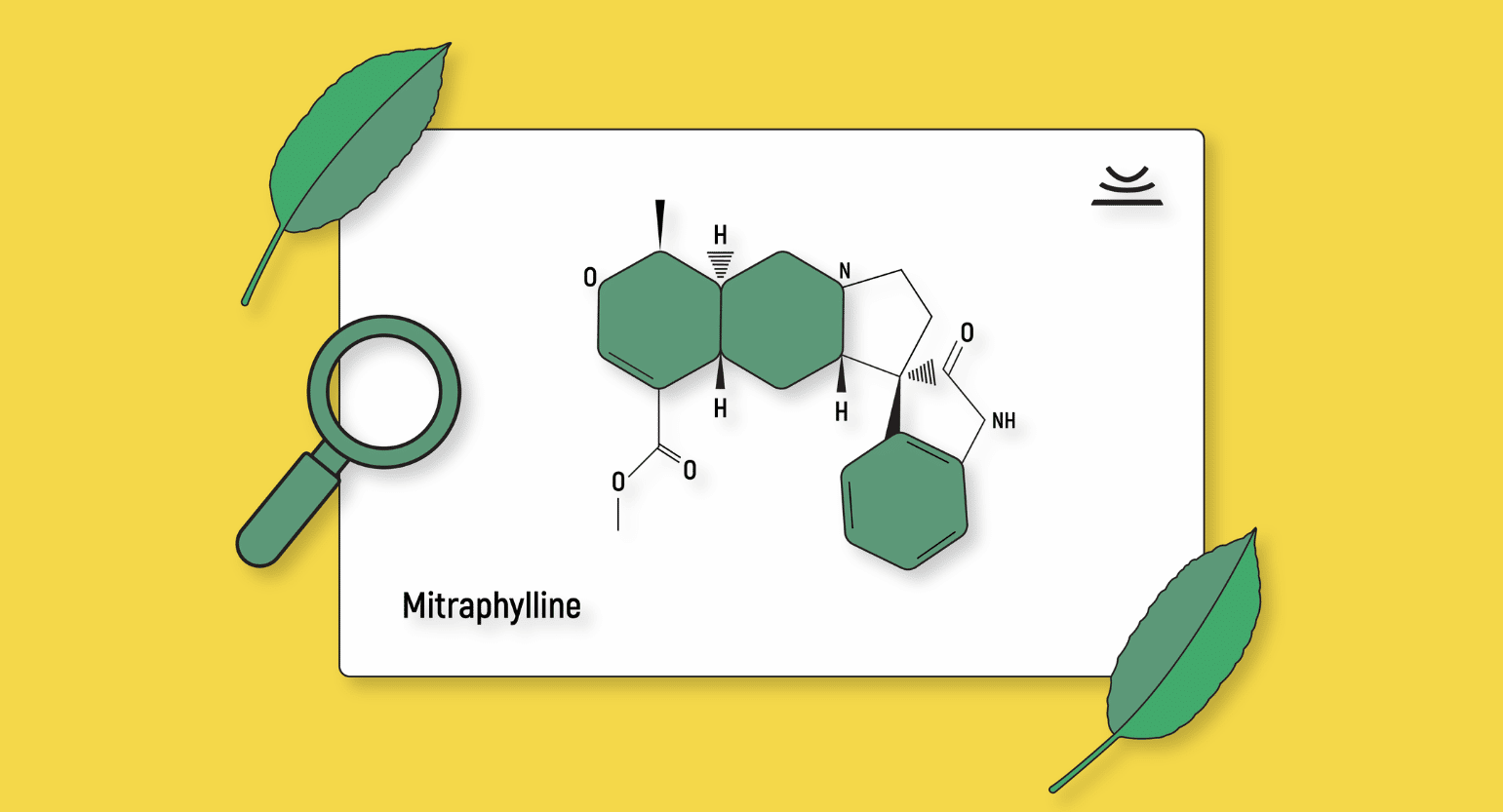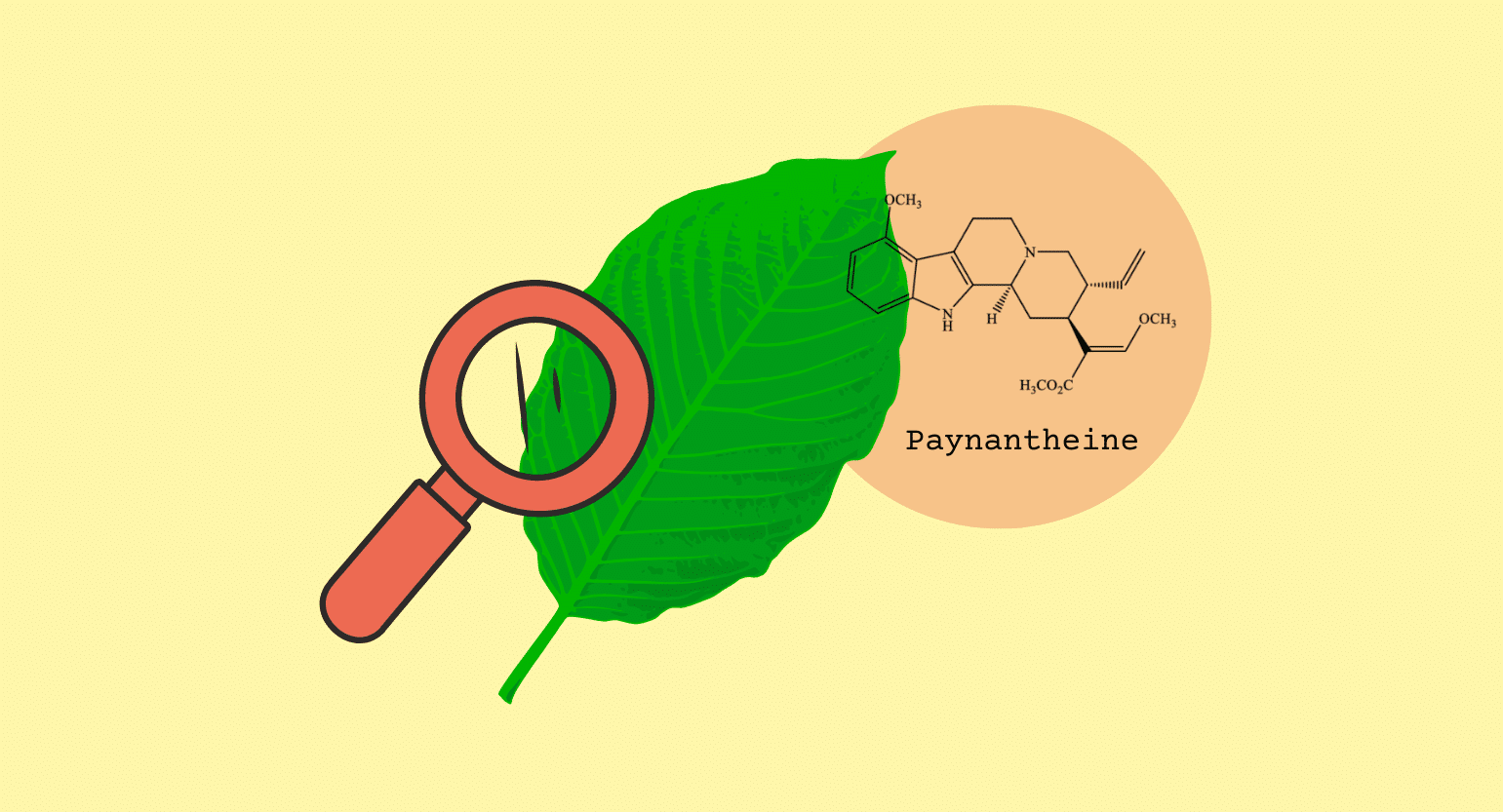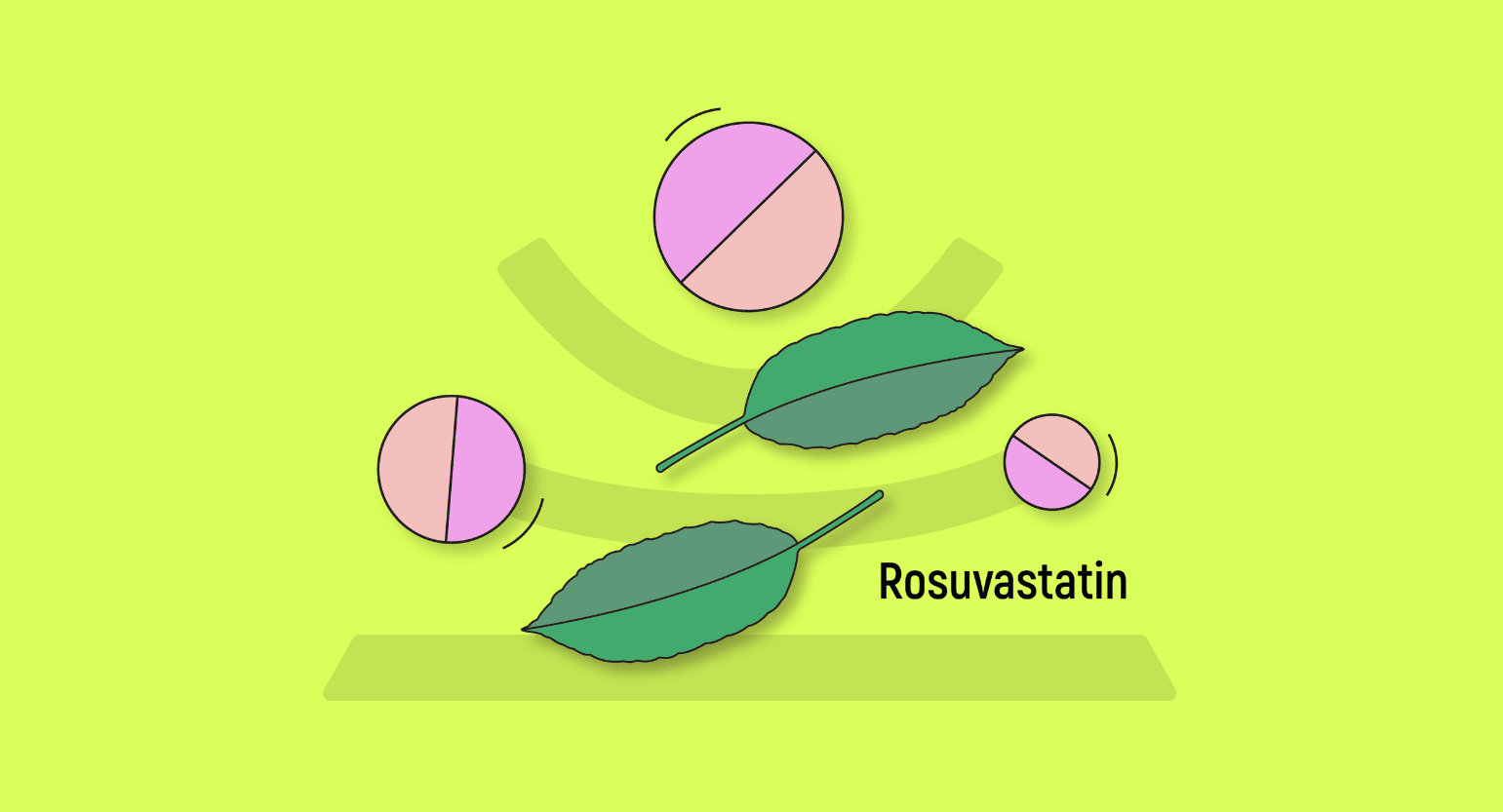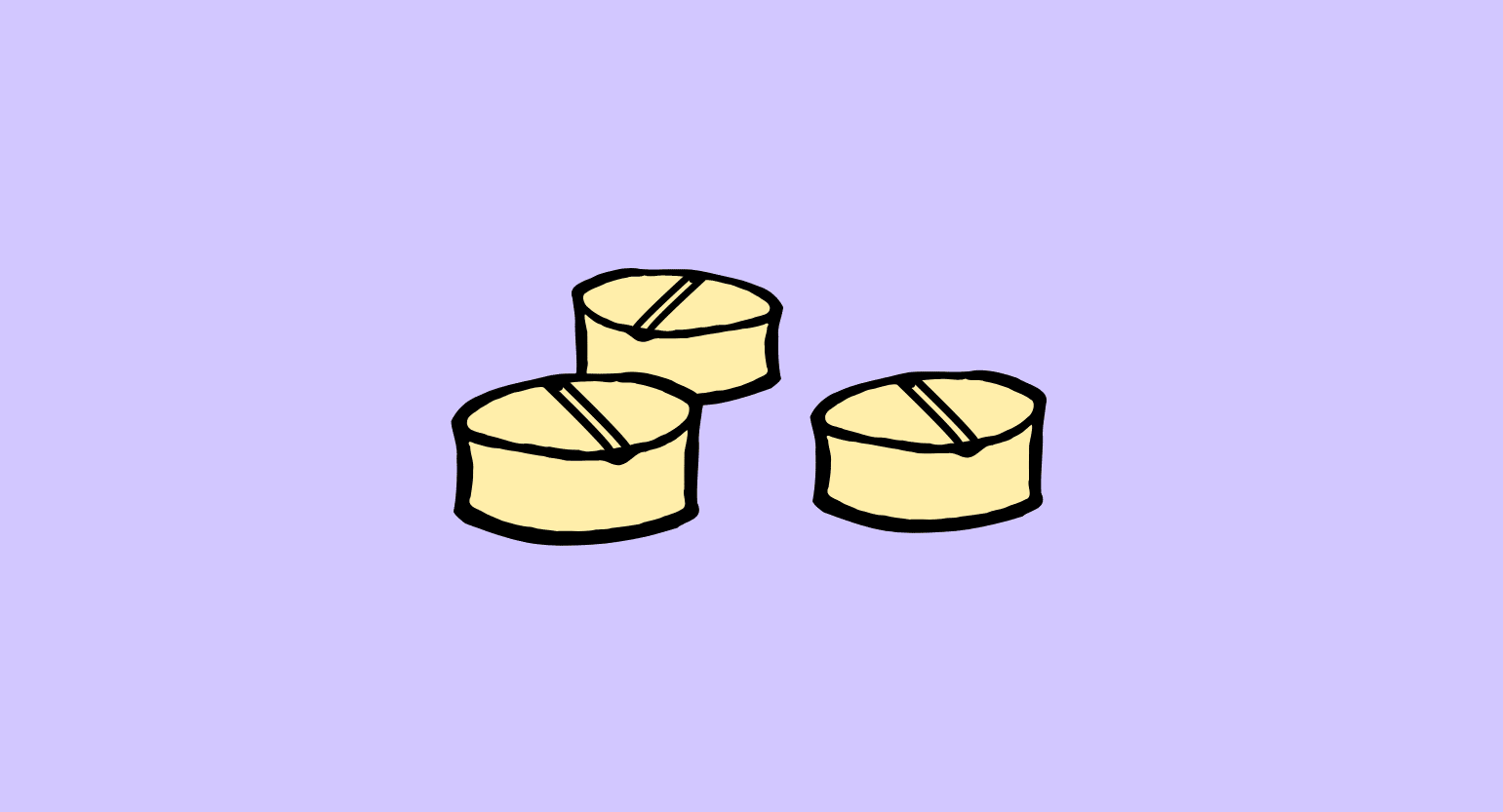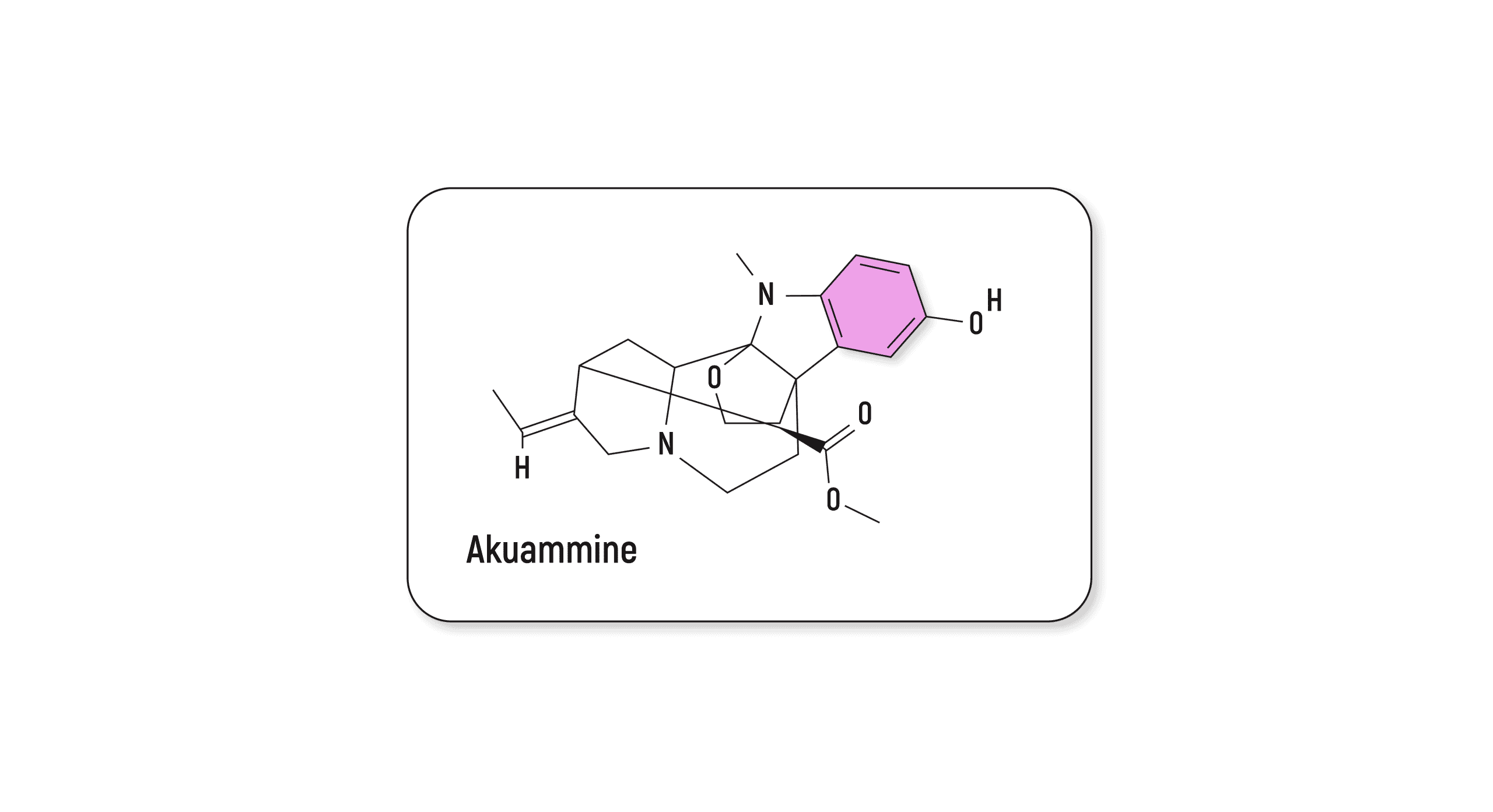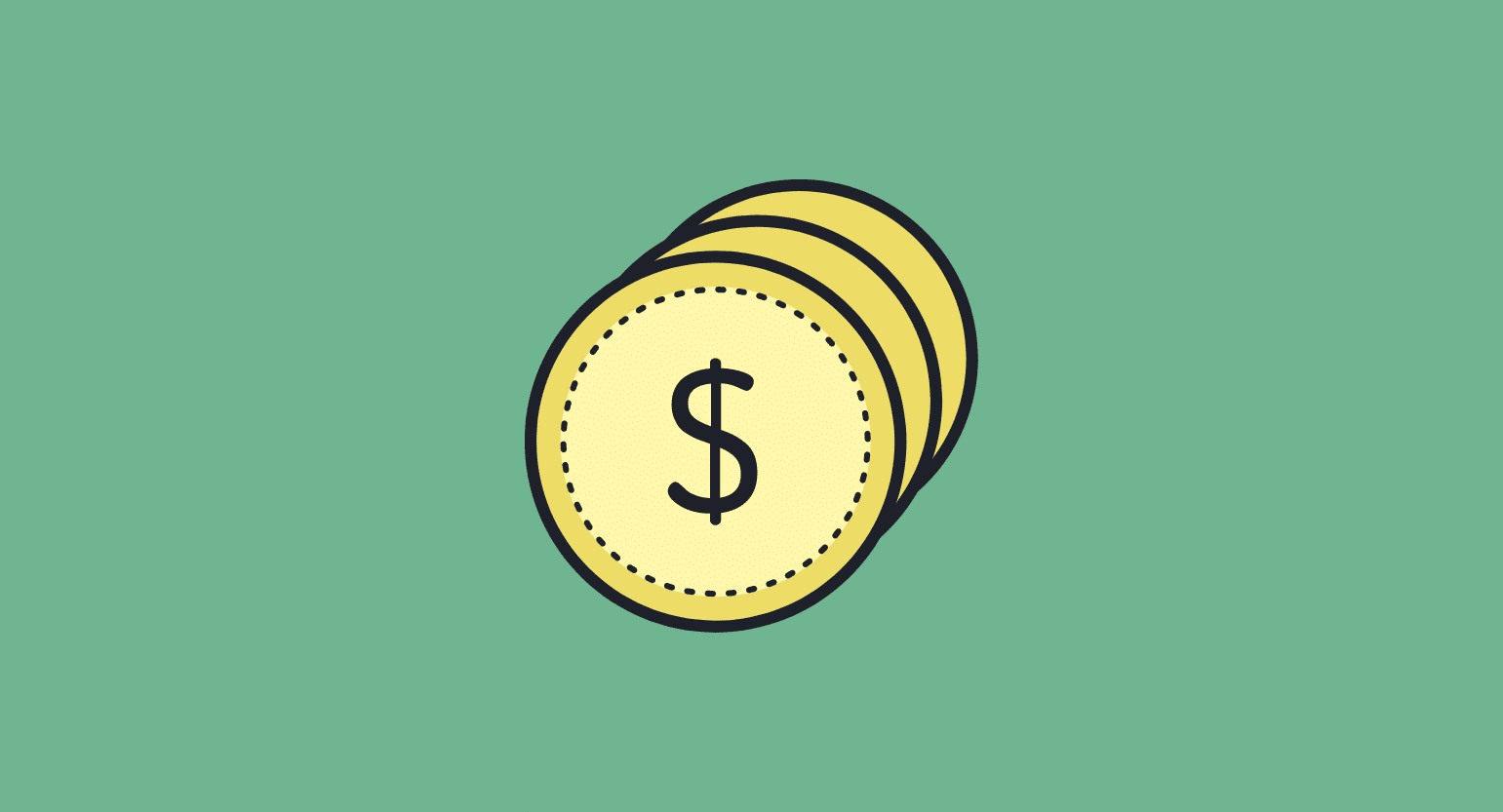Can Cocaine & Kratom Be Mixed?
You should never mix cocaine and kratom together. The combination not only doesn’t feel great, but it also carries a high degree of risk.
Combining the two significantly increases the chance of dopamine downregulation. If done over a long period, this would increase the intensity of symptoms like depression, anxiety, and lethargy.
This means the comedown from a kratom and cocaine high can feel awful and often negates the entire reason for taking either of these compounds, to begin with.
Comparing Kratom & Cocaine
| Kratom (Mitragyna speciosa) | Cocaine (Extract of Erythroxylum coca) | |
| Source | Dried Plant Material | Highly Concentrated Plant Extract |
| Origin | Southeast Asia | South America |
| Active Ingredients | Mitragynine, 7-hydroxy-mitragynine, & several other related alkaloids | Cocaine |
| Duration of Effects | 4–8 hours | 2–4 hours |
| Cost | Cheap | Very expensive |
| Potential For Addiction | Low-Moderate | High |
| Effect on Pain | Reduces Pain | Reduces Pain |
| Effect on Anxiety | Alleviates Anxiety | Induces Anxiety |
| Effects on Sleep | Supports Sleep | Inhibits Sleep |
| Safety | Considered Safe | Considered Unsafe |
| Method of Consumption | Oral (Teas, Capsules, or Tinctures) | Insufflation (Snorting) |
| Legality | Legal | Illegal |
Duration of Effects
Cocaine is a short-acting, highly potent extracted form of a natural substance. Its effects peak almost immediately after it is snorted, causing a profound sense of euphoria.
The effects start to dwindle shortly afterward, culminating in a crash that lasts for significantly longer than the peak experience. This crash leads to serious cravings and habituation.
Kratom has a much more manageable duration of effects. After being consumed, kratom gradually begins to take effect, peeking after 15 to 45 minutes. The peak experience candy is enjoyed for 1 to 3 hours before fading out.
Kratom does not cause a significant crash, although many users report some unpleasant after-effects such as brain fog and low energy.
Health Concerns & Safety Profile
As far as health concerns go, cocaine is considerably more concerning than kratom in all aspects but one: physical dependence. Excessive cocaine use puts strain on the cardiovascular system, the respiratory system, the nervous system, and the brain.
Kratom, on the other hand, causes very few serious physical concerns. One concern is that kratom powder is tough to digest, and swallowing spoonful after spoonful of the stuff can be difficult on your digestive tract. This is especially true if your powder is not finely ground.
Other than that, the major concern with kratom use is addiction and dependence. Kratom abuse can cause physical dependence and withdrawal symptoms when you stop using it. These withdrawal symptoms are not inherently dangerous, but they are very uncomfortable.
Legal Status
The two substances also vary in their legality. Cocaine is a Schedule I substance which means it is a felony to possess it in the United States. Kratom is currently unscheduled, although several states have made it illegal to possess, buy, or sell.
There is also an active campaign that has been set against kratom by the FDA. Despite its relative safety — or, perhaps because of its safety — The FDA has begun to spread misinformation about the plant to misguide the public about its many benefits.
We can only speculate as to why this is; however, logic would suggest that they are following in the steps of the Thai government in the 1950s.
Thailand criminalized kratom because it was being used by people who were trying to stop using opium, a drug that was controlled, at the time, by the Thai government.
Likewise, in the United States, thousands of people are using kratom to help ween themselves off of prescription opioid narcotics. This is costing pharmaceutical companies, under the thumb of the FDA, an equal number of customers and significant profits.
Potential For Addiction
Both of these substances can be addictive in their own right.
Kratom can produce fairly significant physical dependence. Physical dependence is marked by the body becoming so used to the presence of a substance that it starts to rely on it to function. This means that if you suddenly stop using the substance — in this case, kratom — you’ll experience a number of withdrawal symptoms as your body struggles to adapt.
Fortunately, kratom withdrawal symptoms are not nearly as serious as those caused by more powerful opioids such as morphine. In most cases, kratom withdrawal is compared to a bad cold: sniffles, sneezing, low energy, and a general feeling of unease.
In serious cases, withdrawal symptoms can be more akin to the flu and may include fever, chills, and an irritating symptom known as restless legs.
Many users also report significant psychological and emotional discomfort associated with kratom withdrawal. This can manifest as depression, anxiety, irritability, and mood swings.
Cocaine can also be addictive, although it doesn’t cause physical dependence in the same way that kratom does. Cocaine addiction is mostly characterized by serious and overwhelming cravings for the drug.
These cravings become all the more intense if the user is smoking crack cocaine. It’s not uncommon for these cravings to become so intense that users empty their bank accounts and savings to satisfy them.
Any withdrawal symptoms associated with cocaine would be the result of downregulation in the dopamine system. Downregulation occurs when your brain detects an overabundance of neurotransmitters in a certain system, in this case, dopamine.
To counteract this bombardment of chemicals, the brain will desensitize the receptors in the dopamine system in an effort to maintain balance.
The result of this is that anybody who uses cocaine for a long time will be unable to feel the dopamine that their brain produces on its own.
The result of this is a collection of symptoms associated with dopamine deficiency. This can include depression, fatigue and lethargy, irritability, anxiety, decreased libido, and brain fog.
Chance of Adulteration
Both kratom and cocaine can be subject to adulteration — which is the practice of manufacturers mixing in unknown or unexpected chemicals for the sake of increasing profit margins or other, more nefarious reasons.
Cocaine is far more likely to be adulterated than kratom. In fact, it’s almost a guarantee. The likelihood of finding pure cocaine is zero unless you’re in direct contact with a manufacturer.
Adulterants in cocaine are also far more likely to be dangerous.
While there have been cases of cocaine cut with toxic chemicals like Roundup, the likelihood of this happening is extremely low. While their choice of career may be morally questionable, most drug dealers don’t want to sell things that will kill their customers or discourage them from coming back.
More likely, cocaine is going to be cut with substances that mimic cocaine in some way. Sometimes it is laced with lidocaine, a chemically similar agent that is used as a topical anesthetic. In other times, cocaine is cut with amphetamines or caffeine that produce a similar effect for a much lower cost.
There have also been reports of cocaine being cut with the highly potent and deadly opioid fentanyl, although reports are questionable. Selling fentanyl to inexperienced opioid users is a death sentence, and there’s no rhyme or reason why anyone selling cocaine would do this.
Kratom isn’t entirely free from adulteration either — but the chances are much lower. Additionally, because kratom is legal, you can order the herb from registered companies that can be held accountable for their actions. Something that isn’t shared with black market vendors.
The only way to determine whether or not your kratom is pure is to buy it from a vendor that provides a certificate of analysis on its products.
Related: Check Out Our Top 10 Kratom Online Vendors
Effects on Headspace
Kratom is fairly mild in regards to how it affects behavior. The euphoria and energy may make some people seem slightly manic, but it’s unlikely to cause anyone to go against their moral code or behave erratically. This is not so with cocaine.
Cocaine is notorious for causing people to lose control of their inhibitions. This can cause people to get into all sorts of situations that they would otherwise avoid.
Decreased inhibitions can lead to regrettable or downright dangerous behavior. Cocaine has led to unwanted sexual situations, legal troubles, excessive intake of other drugs, and hurtful or destructive words.
Health Risks
Kratom is relatively safe as far as recreational substances go. As with anything, it’s important to regulate your usage. Long-term, everyday kratom use can cause a few health concerns, although these are rarely permanent and can easily be undone by decreasing your kratom use.
Cocaine, on the other hand, can cause more serious complications. It can lead to organ damage and permanently damage the cardiovascular system. The impurities that cocaine may be cut with can cause even worse damage.

Is Kratom Recreational or Medicinal?
For hundreds of years, kratom has been used as a medicinal substance in several Southeast Asian countries. In these parts, it has been used to help reduce pain, improve energy, and reduce stress. It was most frequently used by people working labor-intensive jobs.
Kratom has since spread throughout the world and gained popularity as a medicinal, therapeutic, and recreational substance.
Its medicinal and therapeutic purposes include pain relief, anxiety relief, sedation, and depression management. It can also be used to help manage fevers, diarrhea, coughs, and allergies.
Recreational Value of Kratom
Given the nature of this article — comparing kratom to cocaine – we will assume that most readers are interested in kratom for its recreational purposes. Cocaine has a little therapeutic value, and combining it with kratom would likely only reduce the therapeutic value of kratom.
Recreationally, kratom is used for several different reasons.
Euphoria
One of the foremost reasons people use kratom is that it can provide a strong feeling of euphoria. Shortly after taking kratom, users will find that their mood undergoes a profound and positive shift.
Anxiety Relief
Anxiety relief is a benefit that can be considered both therapeutic and recreational. People with chronic anxiety will often find that anxiety relief is intrinsically recreational merely because it allows them to engage with life without inhibition.
Kratom is especially useful for managing social anxiety. Many people use kratom as a recreational substance at parties in place of drinking.
Sedation
Many people find the sedative benefits of kratom to be highly enjoyable. Red strains produce the most sedation, and users often find that the sedation’s feelings are blissful and pleasant.
Stimulation
Another reason that people enjoy using kratom recreationally is because of the stimulation that it provides. Stimulants on their own aren’t necessarily recreational. However, combined with the euphoria and anxiety relief offered by kratom, the stimulation can be quite enjoyable.
The result of this is that recreational users can become very sociable, motivated, and willing to participate in all sorts of activities.
Stimulation is caused, at least in part, by the plant’s action on the dopamine system. White strains are far more likely to produce stimulation compared to red strains.
About Cocaine
Cocaine is extracted from the Coca leaf. The Coca leaf grows in various South American countries.
The Coca leaf is often chewed whole by locals. Chewing coca provides a boost of energy, clarity of thought, and a slight mood boost.
Elders of certain indigenous groups, such as the Mamos of the Chimila people, chew coca throughout the day as a form of ritual. They chew the leaves mixed with ash, crushed bone, or another alkaline powder to draw out the active compounds.
While chewing, they meditate and contemplate nature, seeking guidance for their people. As they think, they gather the residue of the coca and ash on a carved stick made from a gourd.
Over time this residue builds up into a solid, rock-hard cylinder that surrounds the stick. This is said to be the book of the elder’s thoughts and is held to be the most sacred of objects, not just to the elder but to the whole tribe.
When cocaine is extracted, its effects become much more pronounced. Cocaine in its raw form is usually snorted. It is barely active orally, and the amount that users would need to consume to experience any effects are so large as to be impractical due to its cost.
Cocaine can also be injected or cooked into a hydrochloride salt, referred to as crack, which can be smoked. Crack and injected cocaine are both significantly more intense.
Crack basically condenses the entirety of a cocaine experience in the span of about five minutes; injected cocaine is 100% bioavailable and thereby produces much stronger effects without the decreased duration associated with crack.
Cocaine is notorious for being habit-forming. However, it does not cause physical dependence in the same way that drugs like opioids do. Even after a lengthy stint with cocaine, withdrawal symptoms will not usually be debilitating.
Cocaine is very rarely used for medicinal purposes. At the turn of the 20th century, renowned psychologist Sigmund Freud often recommended cocaine to patients who had trouble opening up.
Nowadays, this practice is not recommended for numerous reasons. Cocaine’s short duration of action and highly habit-forming nature make it an undesirable substance for therapeutic use.
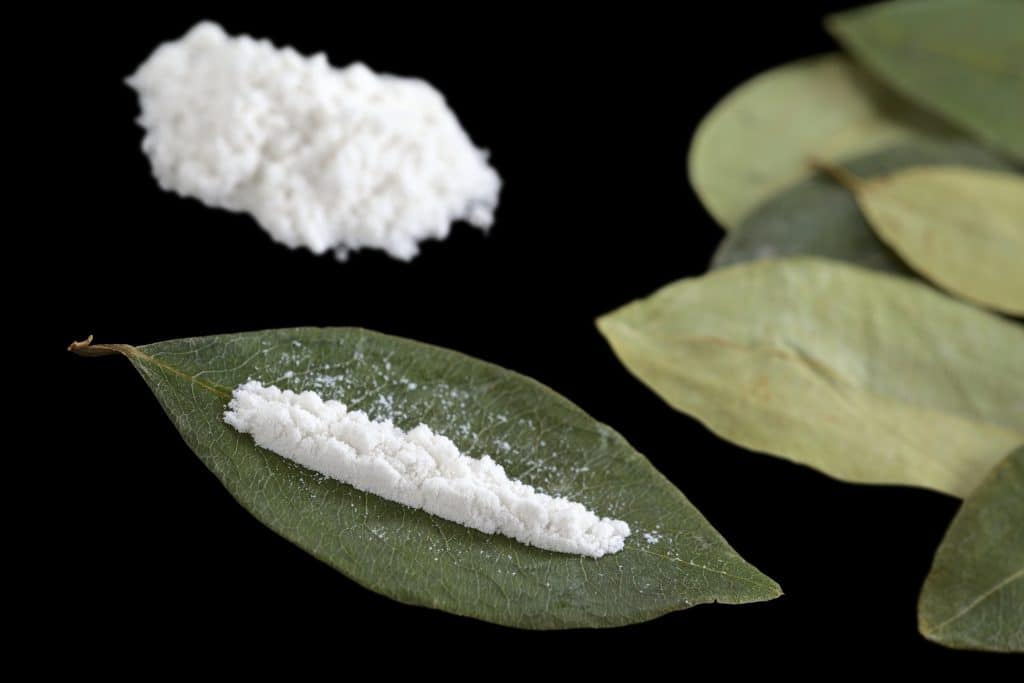
Cocaine Recreational Benefits
Cocaine is one of the most popular recreational substances, especially among wealthy people.
For some, the recreational value of cocaine lies partially because it is so expensive: regular cocaine use implies a steady supply of wealth and can thus be considered a symbol of status.
Compared to other and much cheaper substances, like methamphetamine, cocaine is fairly impractical from a recreational standpoint. It’s short acting, very expensive, and the unpleasant after-effects — or come down – last for much longer than the actual high.
Nonetheless, many users, wealthy or otherwise, find the high to be powerful and pleasant enough to be worth the price. These are some of the benefits associated with cocaine.
Euphoria
Simply put, cocaine is one of the most euphoric substances available.
Cocaine functions as a norepinephrine-dopamine reuptake inhibitor (NDRI). The only other NDRI commonly used is methylphenidate, brand-name Ritalin, which is usually prescribed to children and young teenagers who struggle with concentration.
Dopamine is a neurotransmitter that is responsible for feelings of reward, motivation, pleasure, and joy. These drugs work by preventing a process known as dopamine reuptake.
Reuptake is the process by which the brain moves dopamine away from the dopamine receptors to prevent them from becoming oversaturated and bombarded. By preventing this process, cocaine allows the dopamine system to remain constantly stimulated.
This results in the extreme feelings of euphoria and pleasure associated with cocaine use. Unfortunately, this is also what contributes to cocaine’s addictive potential.
Increased Sociability
Another reason that cocaine is so popular is because of how significantly it can improve sociability. Cocaine tends to make people extremely chatty. This is why cocaine remains most popular as a party drug and why it’s rarely used in solitude.
Unfortunately, this increased sociability also comes at the cost of decreased social inhibitions. Cocaine may make users say or do things that they would otherwise never consider.
Increased Libido and Sexual Performance
Another reason that cocaine is used recreationally is that it influences libido and sexual performance. Both men and women will find that cocaine significantly increases sexual desire.
Men report that cocaine significantly increases sexual performance — if it is used properly. If too much cocaine is used, sexual performance may be entirely decimated due to the inability to get an erection.

Final Thoughts: Kratom vs. Cocaine
Cocaine and kratom are two very different substances. Kratom is used medicinally and recreationally, although the majority of users do so for medicinal purposes. Cocaine is almost exclusively used recreationally.
Both substances have their own risks and dangers. Kratom is liable to cause addiction and dependence, whereas cocaine use can cause erratic behavior and long-term health problems.
Reasonable caution should be used by anybody using either of these substances, particularly cocaine, whether recreationally or medicinally.
It’s unwise to mix kratom and cocaine. The combination dramatically increases the risk of side effects and death.


